
Morocco
Located in Northwestern Africa, Morocco stretches along the Saharan desert all the way to the luscious Riff Mountains. Moroccan identity is based on the people’s Berber origins, which have been absorbing Arab and European influences for millennia. The unique outcome can be seen and appreciated in Moroccan culture, art, and cuisine. Grab your kids and let’s learn about Morocco!
QUICK STATS

Morocco is located in the northwest of Africa. It borders Algeria to the east and the disputed territory of Western Sahara to the south. South of Western Sahara lies the border with Mauritania. It overlooks the Atlantic Ocean to the west and the Mediterranean Sea to the north.
A brief history for kids to learn about Morocco
Morocco’s land was first inhabited by humans more than 300,000 years ago, and the prehistoric culture shared many similarities with other prehistoric cultures in the Iberian Peninsula.
In early classical antiquity, Moroccan tribes gradually made their way to the Mediterranean coast. Some Phoenician port cities in Morocco date back to the 6th century BC.
The first known independent Moroccan state was the Berber kingdom of Mauretania, which started flourishing in the 3rd century BC. The Romans eventually annexed the kingdom in the 1st century AD.
In the 3rd century AD, the Berbers reconquered some parts of Morocco. The Roman rule became confined only to several coastal cities.
In the 5th century AD, the Vandals attacked Morocco and the kingdom of Mauretania collapsed.
Morocco became a part of the Islamic Empire in the 7th century AD, the indigenous Berber tribes converted to Islam. An Arab migration to Morocco began.
The Idrisid Dynasty began in Morocco in 788 AD. They established the city of Fes as their capital. The city has become a center of Islamic studies. The Fatimid Caliphate ousted the Idrisids in 927 AD.
From the 11th century onwards, a series of Berber dynasties arose. In the 13th century, Morocco saw a large migration of tribes from the Arabian Peninsula, called Banu Hilal.
After the Spanish Reconquista in 1492, many Iberian Muslims and Jews fled to Morocco.
Since the 16th century, Morocco has been ruled by Arab dynasties that claim to descend from Prophet Muhammed. These fought on many occasions against the Portuguese, English, Spanish, and Ottoman powers, who strove to colonize the area.
In 1777, Morocco was the first nation to recognize the independence of the United States. The Moroccan-American Treaty of Friendship is the US’s oldest unbroken friendship treaty.
Morocco in more recent history
France made Morocco its protectorate in 1912, which triggered many riots by locals, on the one hand, and a large migration of French colonialists, on the other hand. Spain also colonized smaller areas in Northern Morocco during that time.
The Kingdom of Morocco regained independence in 1955 and the Moroccan Sultanate rose back to power.
Some parts of Morocco are disputed to this day. Morocco is home to two Spanish enclaves on its northern coast. In addition, the Polisario Movement in Western Sahara has been trying to establish an independent state in the Western Sahara region (currently ruled by Morocco) since 1973.
Nowadays, Morocco is the 5th largest economy in Africa and has been going through modernization reforms for decades, led by the current ruler, King Mohammed VI.
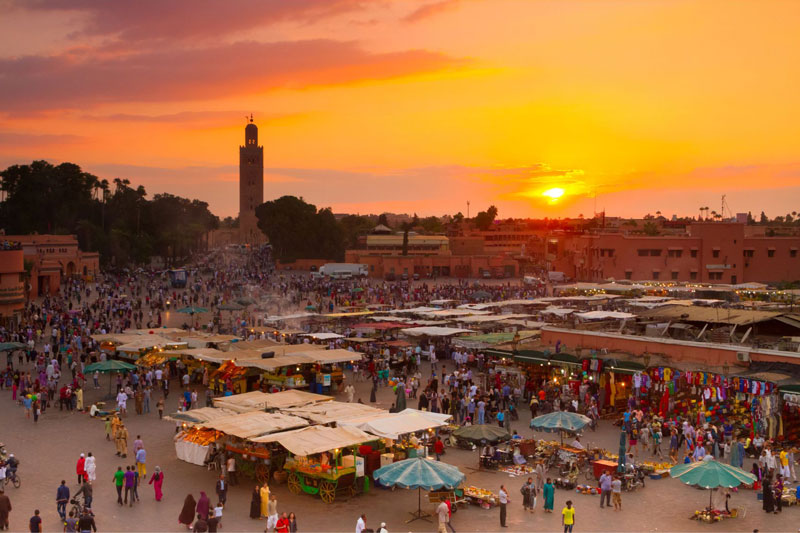
Fun facts about Morocco for kids
- Morocco is home to the world’s oldest educational institution. The University of al-Qarawiyyin was established in Fez in 859. Islamic religious studies are the university’s main focus to this day.
- While the heart is considered a symbol of love in most parts of the world, in Moroccan culture, the liver is the organ that denotes love and romance, as it is linked to good health and well-being.
- Discovered in Morocco in 1999, the Venus of Tan-Tan is the oldest human sculpture known to be made, dating back more than 500,000 years ago.
Moroccan food
Moroccan cuisine holds on to a centuries-old culinary heritage that we can trace back to the days of the Idrisid Dynasty and even further, to pre-Islamic times.
The Berber origin of Moroccan cuisine is undeniable. However, to fully understand this cuisine, one must be aware of the ongoing interactions and cultural exchange between Berber indigenous groups with Arabs, Europeans, and Sub-Saharan Africa.
Common ingredients in Moroccan cuisine are couscous/smida (rough-ground semolina), argan oil, olives, preserved lemons, and spices such as cinnamon, turmeric, and ras el hanout spice mix
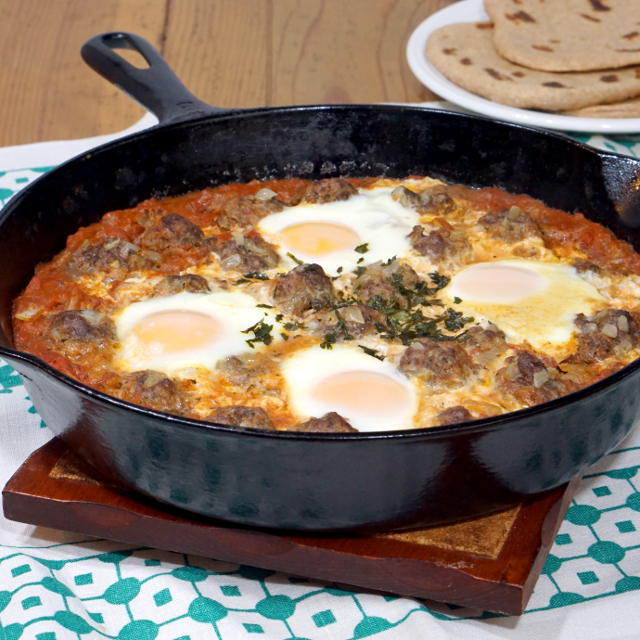
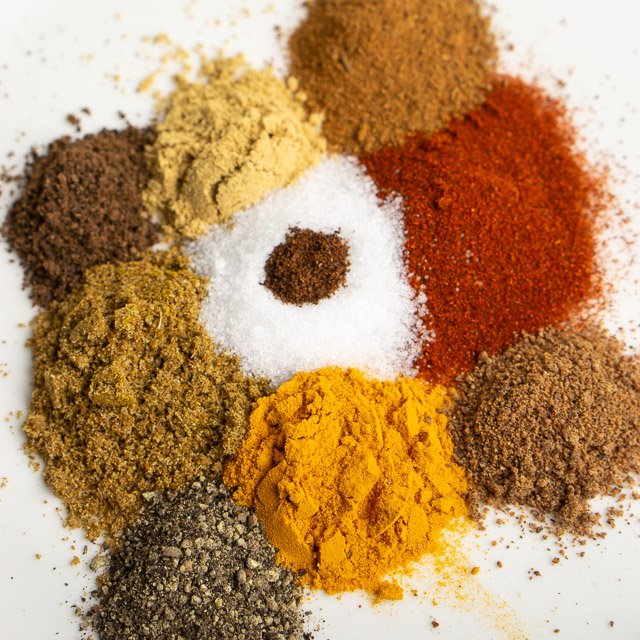
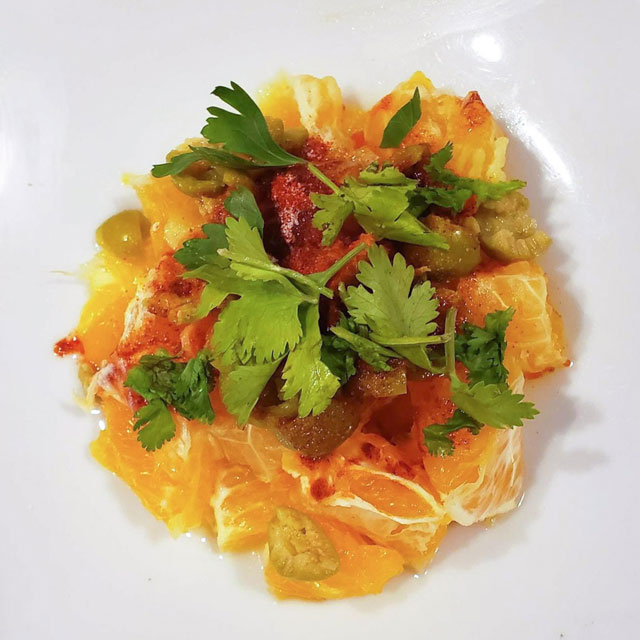
What do Moroccans eat? Mealtime in Morocco.
Moroccan food features a wide variety of fruits, vegetables, meat, and seafood.
A complete Moroccan meal often begins with an array of salads and appetizers, followed by a stew cooked in a tajine pot. Then arrives the main course, usually a meat dish served on top of couscous.
Tea is an inseparable part of Moroccan culture, especially mint tea. Moroccans consume tea daily. You can find it anywhere around the streets of Morocco.
Breakfast (around 7am) وجبة فطور (wajabat ‘iiftar)
A typical Moroccan breakfast consists of bread (baguettes or khobz, Moroccan bread) with olive oil and tea. But you may also find croissants or other pastries, for example, m’semmen, a fried, layered bread, served with butter and jam, or beghrir, a Moroccan pancake.
On the savory side, you may find processed meats, cheese (like jben, a fresh cheese that is easy to make at home), and olives. In winter breakfast may include bissara, a split pea soup.
Mint tea is a compliment to almost every breakfast.
Lunch (around 1 pm) غداء (ghada’)
Lunch usually consists of small salads that accompany the main dish. These salads are typically cooked vegetable dishes that are served cold. These may include za’aluk, the well-known eggplant salad, or this orange olive salad.
Main dishes may be a tajine (also spelled tagine), a slow-cooked dish cooked in a vessel of the same name, like this chicken tajine. Often you find tajines served with a cooked vegetable salad and bread.
Another common main dish is couscous. For example, a large bowl of couscous served with cooked, tender vegetables and sometimes meat on top, like this seven-vegetable couscous.
Dinner (around 7pm) عشاء (easha’)
Except for special occasions, Moroccans typically eat dinner at home with the whole family. Similar to lunch, families serve cooked vegetable salads and a main dish like a tajine or couscous in the middle of the table for everyone to share and enjoy.
You may find a salad like this carrot, potato, and rice salad. A tajine, like this beef and green bean tajine. Or a couscous dish, like this chicken couscous.
Food etiquette in Morocco
Even though these days most Moroccans eat with cutlery, eating with hands is still quite common, particularly when eating a tajine. When doing so, you only use your right hand to eat from the plate. You pick up your food with your thumb and first two fingers. Often you would then use bread to scoop the leftover sauce from the plate.
Since you will often eat with your hands, before the meal starts, you will want to wash your hands. If you are at a party, often the water will be scented with roses or orange blossoms. When eating with a group, the meal only starts after the host announces “Bismillah” (meaning “In God’s name”) and everyone else echoes it.
Moroccans traditionally serve their meals on one large plate in the center of the table. It is proper to eat only from the portion of the plate directly in front of you. Start at the top of the plate and work your way down. Or, wait for the host to place a piece of meat on the portion of the plate in front of you before diving into the meat portion of the meal.
Moroccan food by region
Nowadays, most signature dishes of Moroccan cuisine, such as couscous and tajine, can be found all around the country with minor variations. Nevertheless, Moroccans proudly hold to their rich cultural heritage. If you’re learning about Morocco with kids, learning about specific areas can shed light on the heritage of the people.
Fez
Fez is the oldest capital of Morocco, established more than a thousand years ago. It is known for its kofta tajine – small meatballs in a rich and spicy tomato gravy, with an egg cracked on top.
It is also known for its sweet and savory version of bastilla, a filo-like pastry prepared with chicken in this region.
Marrakesh
The name Marrakesh derives from the same origin as the country’s name, mainly due to its central role in Morocco’s geopolitical and cultural history. Jemaa el-Fnaa Square, located in the center of the old city, has been a center of trade and cultural exchange for centuries.
Marakeshi Tanjia, a slow-cooked lamb stew cooked in a unique earthenware vessel, (not to be confused with a tajine) is a signature of the city.
Essaouira
Located on the Atlantic coast, Essaouira (also known as Mogador) is one of the most ancient settlements in Morocco, established by the Phoenicians. Its culinary heritage is one of the richest in the country.
In the old city of Essaouira, you will find bastilla a pastry filled with seafood and vermicelli noodles.
Due to the large Jewish community that lived in the city before 1948, you can also find some dishes from Moroccan Jewish cuisine, For example, skhina, a slow-cooked stew traditionally eaten during Shabbat (the Jewish holy day). Here you will also find the potato pancake ma’akouda.
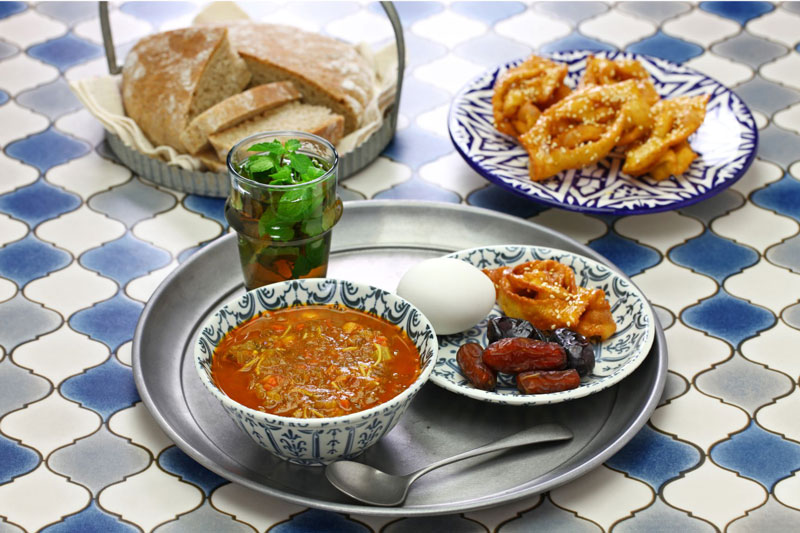
Holidays in Morocco
Alongside popular Muslim holidays celebrated in Morocco, such as Eid al Fitr and Eid al Adha, Moroccans also celebrate unique holidays and agricultural and music festivals that you will not find elsewhere. Learning about some Moroccan holidays is a memorable way for kids to learn about Morocco.
Yennayer (Amazigh New Year) (January 13)
The Amazigh New Year is celebrated in mid-January, mainly in areas with a high population from the Amazigh tribes, such as the Atlas Mountains. Yennayer symbolizes the beginning of the new agricultural year.
People celebrate over three days with music and meals with family. Often they eat porridge on the first day, couscous with seven vegetables on the second day, and chicken on the third.
Ramadan
Ramadan is the 9th month of the Islamic calendar. (The date changes every year, determined by the crescent moon.) Muslims consider this the holiest month of the year. Observant Muslims fast and pray extra prayers every day of the month. After sundown, they break their fast with iftar, a large, sustaining meal eaten with family. It is common to break the day’s fast with dates. Harira, a traditional Moroccan soup of tomatoes, chickpeas, lentils, and meat (often beef, lamb, or chicken) is a common part of the meal.
An almond avocado smoothie is popular year-round, but especially during Ramadan.
Eid al-Fitr
An important Islamic holiday, Eid al-Fitr celebrates the completion of Ramadan, the month of fasting. This two-day celebration is filled with tasty dishes and sweets. The day often starts with hrbil, a wheat berry breakfast porridge.
Families pray together and enjoy traditional dishes like chicken with olives and preserved lemons, couscous, or bastilla. Desserts are a must, like these almond briouat or ghriba cookies.
Agricultural Festivals (various dates)
Morocco has a very diverse natural landscape, and the flora and fauna often vary when crossing different regions. However, one thing is common to all – the appreciation of the local people for their agricultural produce. You can find agricultural festivals all around Morocco, such as the Almond Blossom Festival, held in the Ameln Valley, and the Rose Festival, celebrated near Ouarzazate.
Music Festivals
Moroccans often treat music festivals just like normal holidays, for they portray the cultural mosaic that includes all Moroccan ethnicities and communities. Some notable music festivals around Morocco are The Gnaoua and World Music Festival in Essaouira, the Festival of World Sacred Music in Fes, and the National Folklore Festival in Marrakech.
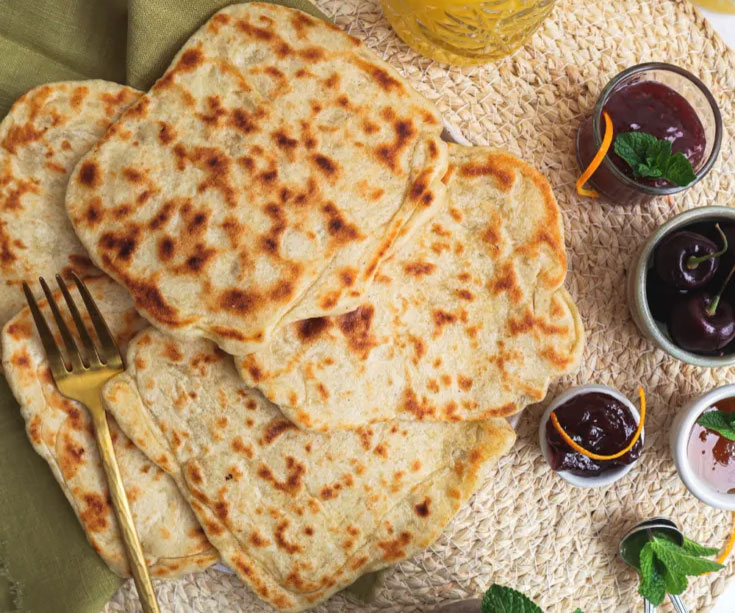
At-home ideas for kids to learn about Morocco
As a part of your homeschool Morocco unit study or as a supplement to your child’s Africa unit at school, try some of these ideas at home!
- Sfenj is a North African doughnut, known for its unique texture and legendary fluffiness. Get the kids into the kitchen and try your hand at making a batch of these donuts from Morocco.
- Henna is a traditional dye prepared from the plant Lawsonia Inermis (aka the henna tree). Many countries around Africa and Asia use the dye. Due to its symbolic importance, people dye their hands with henna before a wedding or on other special occasions. You or your kids can search online for some henna designs from Morocco. Try painting them on paper, greeting cards, or even clay pots. Or try this henna hands craft. Of course, you can also use real henna powder to draw the designs on your hands, if you feel adventurous.
- In Morocco, Friday is also known as Couscous Day, when families and friends gather to share homemade couscous. Invite family or friends over for a couscous party and celebrate the arrival of the weekend, Moroccan style!
- The Butter Man by Elizabeth and Ali Alalou is a wonderful read-aloud story set in Morocco’s Atlas Mountains.
- Use Language Drops to learn a few words in Arabic or Word Hippo to look up the pronunciation of specific words.

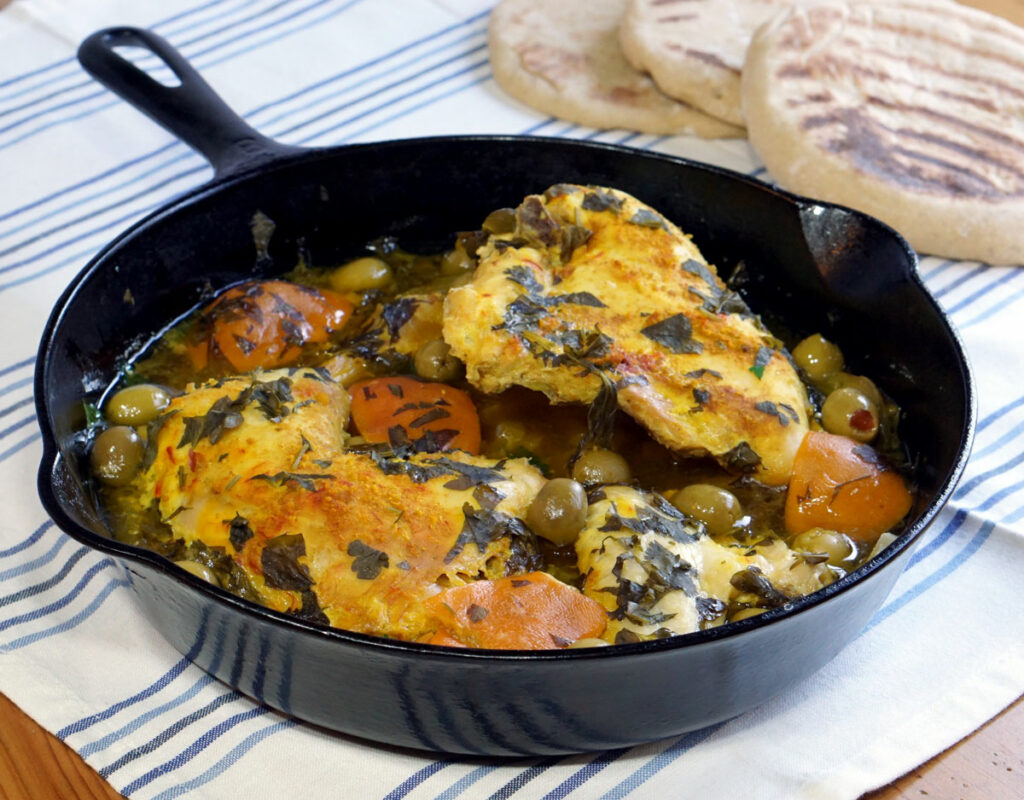

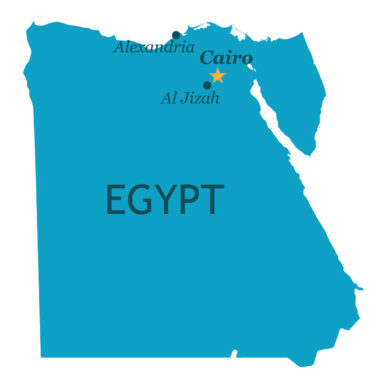
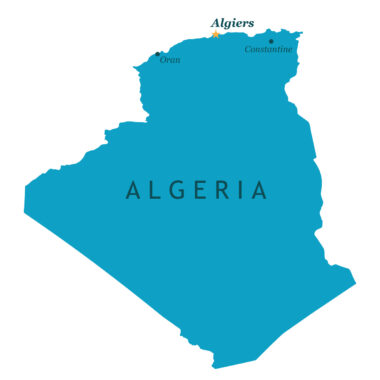
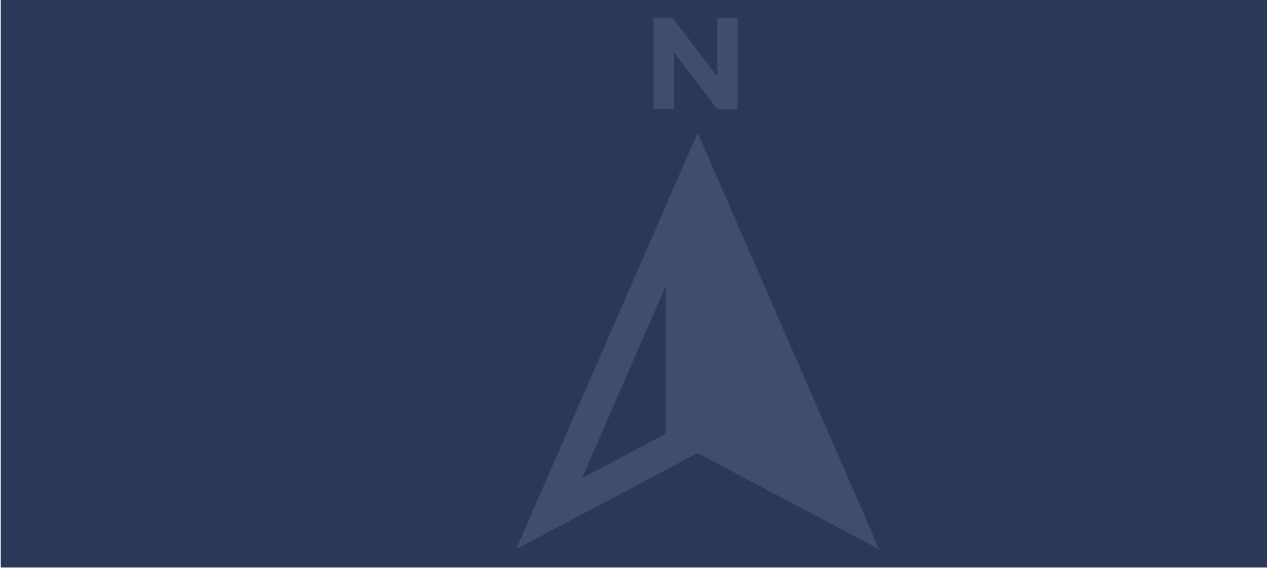

Have a Question/Comment?